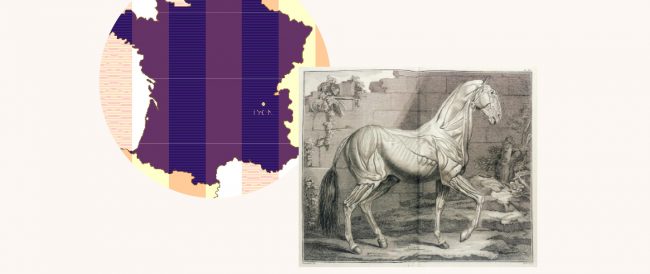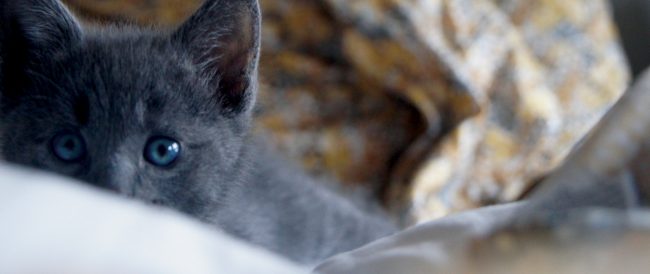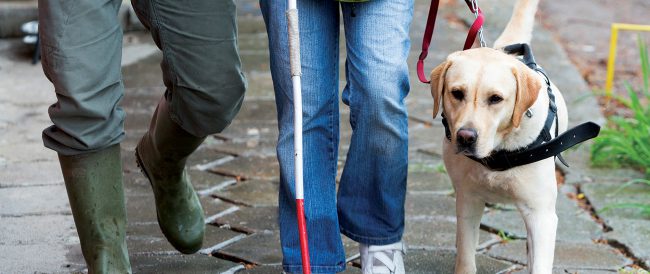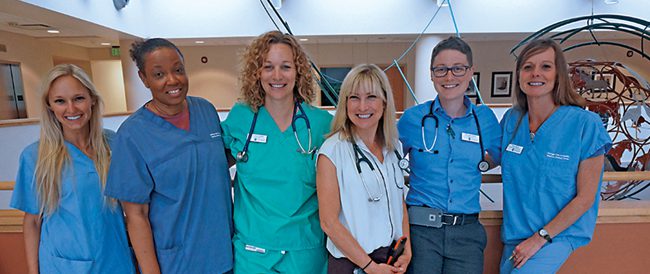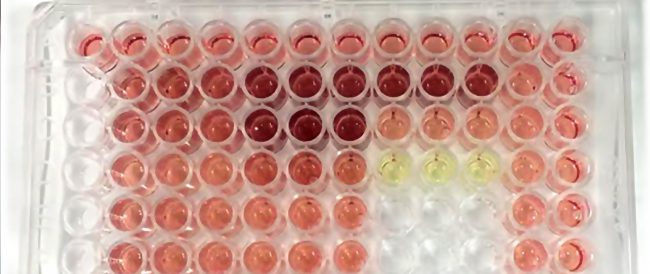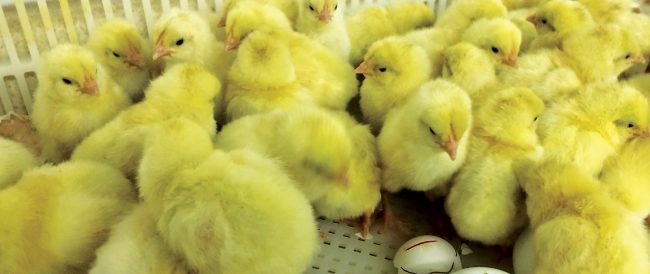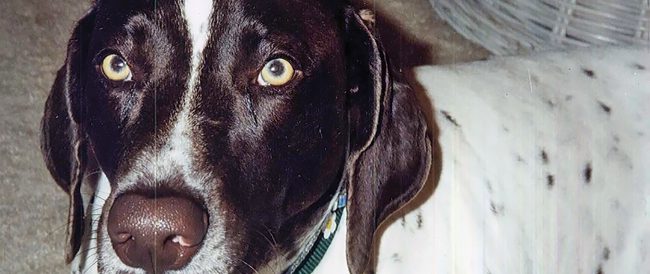 Read More
Read More
For those living in the United States, there is a good chance that waking up each morning includes small paws walking across the bed or a cold, wet nose to the hand. According to a 2017–18 National Pet Owners Survey conducted by the American Pet Products Association (APPA), 68 percent of US households own a pet; this equates to 84.6 million homes. And, while dogs and cats remain the most popular choices, horses, birds, fish, reptiles, and other animals are on the charts, too.
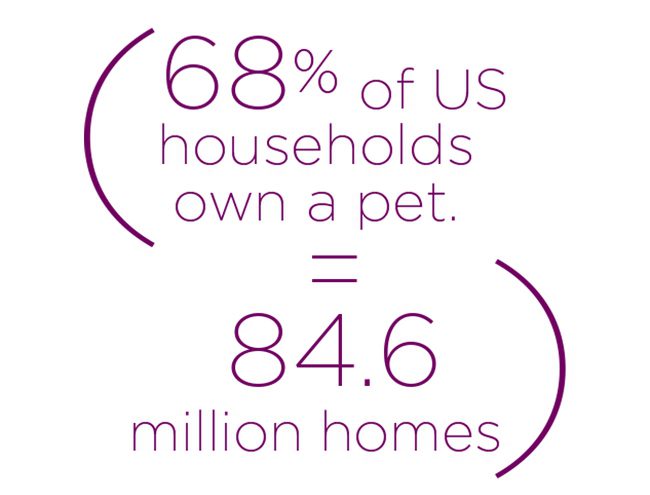
Americans cherish their pets. The APPA estimates that in the United States, $72.1 billion will be spent on pet expenditures this year (up from $69.5 billion in 2017). These expenses include food, supplies, over-the-counter medicine, veterinary care, live animal purchases, and other services.
It is not just about spending habits. The ways in which pets interact with their owners on a daily basis show what pivotal positions they hold, and how today, people treat their pets the way they might treat another person. The New York Times reports that 70 percent of pet owners say they sometimes sleep with their pets, 65 percent buy Christmas gifts for their pets, 23 percent cook special meals for their pets, and 40 percent of married women with pets say they get more emotional support from their pets than from their spouses.
In the beginning

This bond between pets and their owners was not always so similar to the relationships humans have with each other. According to Bayer, a life science company, the human-animal bond has evolved for more than 15,000 years, and it began as a working relationship. Animals provided protection and service to people; this could have been while hunting, farming, or performing other tasks necessary for day-to-day life. Dogs would track and herd. Cats usually lived outside, and would hunt and kill rodents that, otherwise, could spread disease and damage food or other materials.
Animals also served people during wartime. The United States Army Medical Department Journal (AMDJ) mentions cavalry horses, sentry dogs, carrier pigeons, and even mascots as common historical military roles for animals. According to AMDJ, these animals not only provided protection; they also could offer stress relief and a sense of pride to their human counterparts.
Pets, humans, and their health together
It is easy to overlook the human-animal bond as a one-way street. Pets need their owners to meet their basic needs of food, water, shelter, and welfare. But, humans can gain a different kind of wellbeing from their companion animals. Research shows that pets can lower blood pressure, reduce stress, raise blood oxytocin levels, and, in some cases, may reduce direct pain. According to Bayer, people living with dogs are 15 percent less likely to die from heart disease.

Pets also can offer benefits for other human health challenges. The elderly respond well to companion animals. According to Bayer, diseases like depression, coronary conditions, and dementia can be exacerbated by loneliness. By interacting with companion animals, elderly people can experience positive mental and physical effects. Similar results can occur in children during emotional, cognitive, social, and behavioral development.
Today’s working and production animals
The human-animal bond can be observed in a variety of settings. Working animals, especially, are known for their relationships with their human handlers. Emotional support, therapy, and service animals provide comfort, offer security, and perform daily tasks to help their owners through life. Animals can be an important part of the healing process for people who experience abuse or trauma including veterans who have served during wartime.

Animals can provide other services, too. Some farmers station peacocks to watch over their land and livestock. Law enforcement depends on canines to track and capture suspects and identify bombs and narcotics. The US Navy’s combat dolphins detect underwater mines and the presence of enemy swimmers, while the Marines have used mules in a variety of missions by transporting weapons, ammunition, and other supplies through difficult terrains.
The human-animal bond also is observed in production animal populations. Farmers, ranchers, caretakers, and veterinarians develop bonds with the livestock under their care. This bond, while different, is just as strong, and is tied directly to the human capacity for empathy; it allows them to provide the animals with the best quality of life.
Human-animal bond in the future
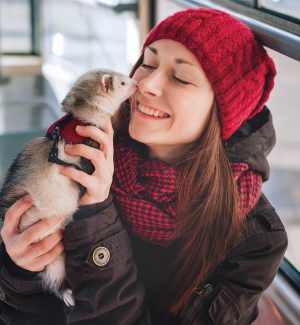
As the human-animal bond has evolved throughout time, it makes sense to think that it will continue to develop as the relationships people share with different animals also change. The health benefits of owning companion animals and interacting with different types of working animals are making major impacts in the lives of many people.
As this bond continues to strengthen, newer areas of health focus, such as grieving the loss of a companion animal, will continue to gain traction. The same is true for production animals. As veterinarians and researchers continue to learn more about animal welfare and health standards, and as the agricultural industry shifts, new research and protocols will be instituted that optimize these relationships between humans and livestock.
This is especially true within the context of One Health, a concept that describes the wellness of humans, animals, and the environment as permanently tied together. While much of the past and current conversation regarding One Health centers on zoonotic disease and animal reservoirs, smaller companion animals and the role they play in physical, mental, and societal health is becoming more topical. As scientists continue to gain more knowledge about the health benefits of the human-animal bond, that bond may continue to change.


